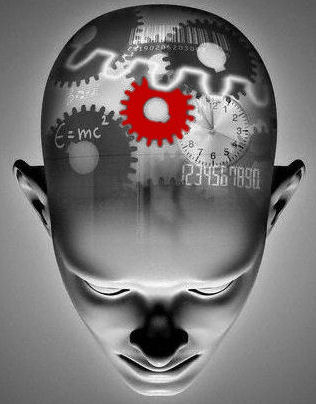This was a pretty interesting piece in NewScientist about the stock market and how the herding effect can lead to market bubbles and crashes. The article cites a study by European researchers who studied traders and found some empirical evidence that gives credence to the idea of bubbles. The piece says:
“the team simulated a network of 1600 traders betting on whether the Standard & Poor’s 500 index would go up or down – a proxy for buying and selling activity – based on historical data. At every step in the simulation, each trader tries to predict the movement of the index on the next step. Traders have a quantity of information about the market and use this to inform their prediction. The traders take into account the bets their neighbours make and may revise their own on the next step as a result. This can lead to a chain reaction of bets and thus bubbles and crashes. The team attempted to combat these events by introducing traders who don’t accept or transmit information and bet randomly instead.
They found that increased numbers of coin-flipping investors reduced the size and frequency of extreme financial events (Physical Review E, doi.org/q4d). In the real world, Pluchino says central banks could take on the role of random traders to calm markets.”
I always find it so strange when someone denies the existence of bubbles. It seems as though they either reject behavioral finance or, more likely, they’ve never experienced a trading floor. More interesting is that many of these findings are at odds with the idea that the markets are just a random walk. Instead, there appears to be patterns and trends that develop. And they’re well grounded in our tendency to herd. And all of this actually increases the potential for market avalanches.
What’s most interesting is that the researchers find that if they can reduce the herding effect (through randomly interjected strategies within the network) they can reduce the odds of an avalanche. In other words, if they can make the market more of a random walk then they can actually make it react more efficiently.
That’s a lot to chew on.
Mr. Roche is the Founder and Chief Investment Officer of Discipline Funds.Discipline Funds is a low fee financial advisory firm with a focus on helping people be more disciplined with their finances.
He is also the author of Pragmatic Capitalism: What Every Investor Needs to Understand About Money and Finance, Understanding the Modern Monetary System and Understanding Modern Portfolio Construction.


Comments are closed.